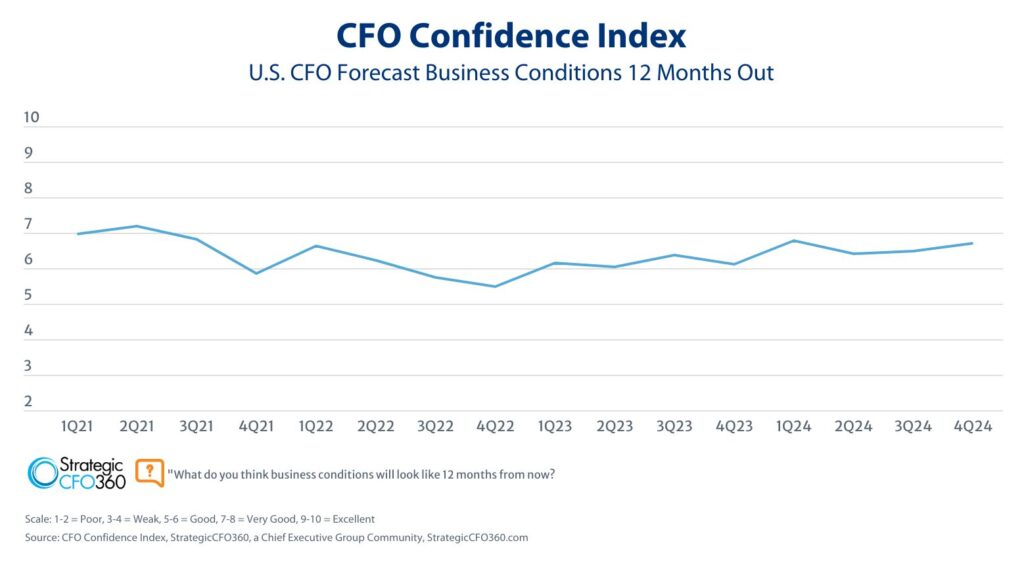Editor’s Note: To win in this new world, you need to cultivate a new mindset—one that works back from the future, looking closely at products and processes from a customer rather than an organizational perspective, while always questioning established thinking to find ways of overcoming traps. Most of all, you need to develop a senior management team that can do all of this. How do you get there? Whether you are well on your way or just getting started, this special report by Amazon Web Services and Chief Executive Group offers a series of practical, action-oriented steps that can help you with the process of digitalizing your organization—the most important leadership challenge of our time. Part 1 of 5.
The most compelling challenge facing business leaders, no matter where you are or what your industry, is to prepare your company to win in the digital future. Digital is pervasive, and you can no longer treat it as peripheral to your business. You must put digital at the core of your business thinking and actions.
Over the last decade, we have seen exponential growth in the use of cloud and digital technologies in sectors such as books and publishing, music, movies, gaming, and financial services. In many cases, born-digital companies are leading the charge, winning out over traditional leaders that didn’t recognize the significance of digital discontinuities and couldn’t adequately respond in a timely fashion.
The coming decade—the 2020s—will see the digitalization of a much broader cross-section of sectors such as manufacturing, transportation, hospitality, entertainment, healthcare, retail, and others.[1] Indeed the COVID-19 pandemic has sharply accentuated the importance of digital technologies in business, and no part of the global economy will be untouched by this transformation. For example, in life science, cloud computing has been used to quickly design research experiments to uncover new insights, automate laboratory and manufacturing processes and testing of COVID-19 vaccines and therapeutic candidates – in record time. In health care, machine learning-enabled chatbots are being used for contactless screening of COVID-19 symptoms and there is greater acceptance of telehealth than ever before.[2] In agriculture, AI-driven crop-monitoring solutions are being used to assess satellite images of crops to flag potential issues to farmers and retailers early on so they can better manage supply, procurement and inventory planning. In business, the use of video conferencing and virtual events have been embraced at levels that would have been unprecedented just 18 months ago.
“Addressing the rapid changes in customer behaviors and geopolitical situations requires companies to be more agile and responsive than ever,” says Wesley Story, Enterprise Strategist at AWS, and former CIO. “Digital transformation is deeply cultural. It requires leaders to embrace a new mindset about ways of working and how the use of digital tools can empower your organization to become more nimble and drive change against historical constraints and long-held beliefs.”
Prior to COVID-19, many firms had already embarked on several cloud transformation and digital initiatives. The first wave of digital projects were fairly siloed and narrow in scope and they mostly focused on supporting the current business strategy. They were synonymous with marketing efforts like websites, mobile experiences, search engine optimization, targeted email marketing, social media, or e-commerce. The C-suite coordination was typically between the CIO and the CMO. Others in the C-suite had casual interest but weren’t directly involved. And in several cases, new roles such as Chief Digital Officer or Chief Data Officer were created to help coordinate digital projects.
The scope of these first-wave projects quickly expanded beyond functional boundaries in the business with increased need for cross-functional coordination involving decision-rights, roles, and responsibilities. Senior managers needed to get involved when some projects were designed to shape future business strategy rather than merely support current business operations. Newer business models couldn’t be redesigned by chief digital officers and new organizational models couldn’t be architected by chief data officers, requiring the entire executive team to be involved so managers could work as a cross-functional team reinforcing one another to shape the future.
For those who are in the midst of developing your cloud transformation plans we invite you to take a quick look at the following seven areas and for those that apply to your business consider the questions in context of your plans.
- Products. Is digital influencing the design and evolution of your products, as we have seen with door locks, thermostats, cameras, light bulbs, faucets, automobiles, trucks, tractors, and others? Have you embarked on a systematic roadmap to use the cloud to digitalize your products in ways that offer greater value to customers?
- Process Design. Are you applying unconstrained thinking to the design of key processes by taking advantage of cloud and digital technologies from a fresh perspective? It’s evident that processes such as research and development (R&D), product innovation, manufacturing, quality control, supply-and-demand chains could benefit from a digital-first lens.
- Automation. Are you automating technology operations using, for example, robotics and AI/ML? Are you taking advantage of automation to collect valuable in-motion data to feed advanced analytics and autonomous controls? Are you using cognitive decision-making through smart machines to continually enhance speed-to-decisions?
- Service delivery. Is digital driving how you deliver services to your customers? Are you taking advantage of real-time access to relevant data supported by powerful algorithms to provide world-class personalized services to your customers? Are you creating new ways to monetize your services?
- Ecosystems. Are you using cloud functionality and next-generation cellular connectivity to better coordinate with suppliers and partners in fast-changing ecosystems?
- Work & Workforce. Is digital compelling you to take a fresh look at where work is performed? Has your company experimented with (re)designing work with virtual/remote teams and global locations? Has this initiative helped you broaden your ability to tap into a broader, global talent pool?
- Business model. Have you actively looked at how digital technologies and digital-born businesses could disrupt your current business model and value streams? Are you willing to logically disrupt your own business strategy rather than reacting when external forces do it for you?[3]
Chances are that you have answered yes to at least one set of questions. And you are likely to answer yes to more questions as you develop your roadmap for the decade ahead. These seven categories serve as a gauge for the breadth and depth of your transformation. The depth indicates the level of change in a particular domain whereas the breadth represents the level of coordination required from the C-suite all the way through the organization and out to suppliers and partners across the value chain.
“The cloud and digital technologies provide access to advanced capabilities that can improve the speed-to-market for new products or product features. The cloud also offers economies of scale in entering new markets and enables significant improvements in other areas, including staff productivity, operational resilience, and business agility,” says Story. “Many successful organizations understand the value of the cloud and digital to impact today’s profits and chart tomorrow’s trajectories of growth. If you haven’t embraced the digital mindset yet, it’s probably not because you don’t know you need to – you are probably stuck for a number of reasons.”
So how do you build this digital mindset? We have some ideas.
[1] A note about digitization and digitalization. We view “digitization” as the conversion from analog to digital in settings such as publishing, media and entertainment, software, and others. We view “digitalization” as the application of digital technologies to redesign products, processes, and services as well as to develop new business models to deliver fundamentally different value propositions in a wide cross-section of industries.
[2] Oleg Bestsennyy, Greg Gilbert, Alex Harris, and Jennifer Ross, “ Telehealth: A Quarter-Trillion-Dollar Post-COVID Reality?” McKinsey & Company blog, May 29, 2020. Accessed February 8, 2021. https://www.mckinsey.com/industries/healthcare-systems-and-services/our-insights/telehealth-a-quarter-trillion-dollar-post-covid-19-reality
[3] This idea is expanded in Venkat Venkatraman, The Digital Matrix: New Rules for Business Transformation Through Technology (LifeTree Media, 2017).








